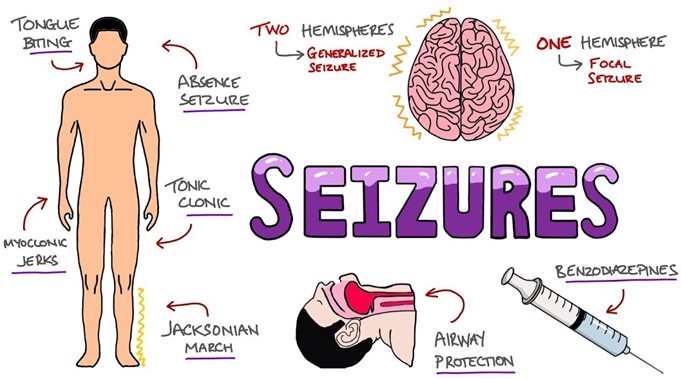A nurse is caring for a patient with diabetes mellitus who is prescribed regular insulin via a sliding scale. After administering the correct dose at 0715, by which of the following times should the nurse ensure the patient receives breakfast?
0720.
0815.
0745.
0730.
The Correct Answer is C
0745.. Regular insulin has an onset of action of 30 to 60 minutes, a peak effect of 2 to 4 hours, and a duration of action of 6 to 8 hours. Therefore, the patient should receive breakfast within 30 minutes of receiving the insulin injection to prevent hypoglycemia.
Choice A. 0720 is incorrect because it is too soon after the injection and the insulin may not have reached its onset of action yet.
Choice B. 0815 is incorrect because it is too late after the injection and the insulin may have reached its peak effect by then, increasing the risk of hypoglycemia.
Choice D. 0730. is incorrect because it is less than 30 minutes after the injection and the insulin may be approaching its peak effect.
Nursing Test Bank
Naxlex Comprehensive Predictor Exams
Related Questions
Correct Answer is D
Explanation
Difficulty maintaining sustained attention is a common manifestation of ADHD, according to the American Psychiatric Association and the CDC. This means that people with ADHD often have trouble focusing on tasks or activities for a long period of time, especially if they are boring or tedious.
The other choices are not manifestations of ADHD, but of other conditions or problems. Here are some reasons why:
Choice A: Difficulty using words in context is not a symptom of ADHD, but of a language disorder or a learning disability that affects communication skills.
Choice B: Difficulty performing self-grooming activities is not a symptom of ADHD, but of a physical disability, a mental health disorder, or a lack of motivation or self-care.
Choice C: Difficulty in acquiring reading skills is not a symptom of ADHD, but of dyslexia, which is a specific learning disability that affects reading and spelling.
Correct Answer is B
Explanation
When a client is experiencing alcohol withdrawal, seizures are a common finding. Benzodiazepines are the preferred medications for alcohol withdrawal, and they are used to prevent seizures and treat symptoms of anxiety, agitation, and autonomic hyperactivity. Stuporous level of consciousness (Choice A), pathological changes on a CT scan (Choice C), and bradycardia (Choice D) are unlikely findings in a client experiencing alcohol withdrawal. Stuporous level of consciousness is more indicative of acute brain dysfunction or coma. CT scan findings may indicate structural brain injury, such as a brain tumor or stroke. Bradycardia is not a common finding in alcohol withdrawal but may occur in severe cases. However, tachycardia is a more common finding.

Whether you are a student looking to ace your exams or a practicing nurse seeking to enhance your expertise , our nursing education contents will empower you with the confidence and competence to make a difference in the lives of patients and become a respected leader in the healthcare field.
Visit Naxlex, invest in your future and unlock endless possibilities with our unparalleled nursing education contents today
Report Wrong Answer on the Current Question
Do you disagree with the answer? If yes, what is your expected answer? Explain.
Kindly be descriptive with the issue you are facing.
